- Buddhism originated in Nepal and it has been more than 2,500 years ago. It was created by the ancient Indian king Gaviro Siddhartha
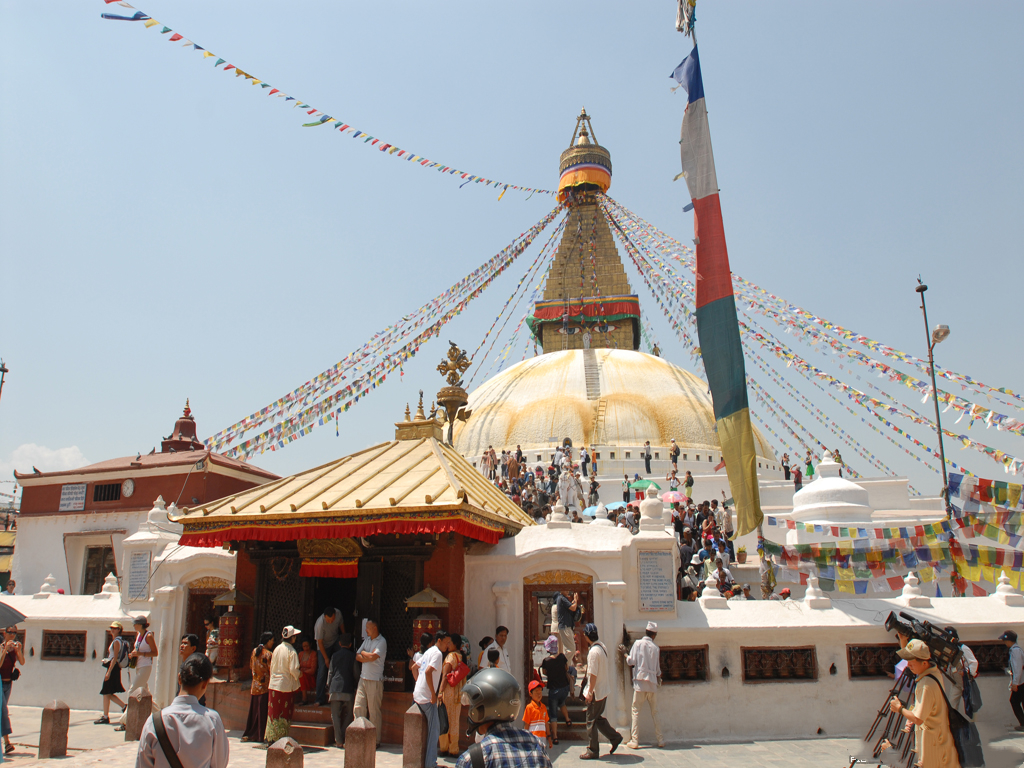
According to the Tang monk who went to Xitu to learn from that year, Xitu India was west of the western region that year, which is about Kashmir, Nepal, Pakistan and Afghanistan. This area was called India in ancient times because of its location in the Indus River Basin, and the Brahman area south of the Ganges Plain did not belong to the Indus River Basin, nor was it called India. It was only after the establishment of the Great Indian Colony in the United Kingdom that modernized India appeared. After the independence of India and Pakistan, the Western soil where the Tang monks went to learn the scriptures today is no longer called India. The modern people who lacked the knowledge of paleogeography have caused serious confusion and misunderstanding.
The country of Nepal is located in the southern foothills of the Himalayas and has been known as a mountain country since ancient times. The scope of ancient Nepal only refers to the area around Nepal's valleys. Outside the valleys, there are many independent small kingdoms.
Both the Buddhist scriptures and "The Tang Dynasty's Records of the Western Regions" describe Nepal, which was then called the Mudpoluo Kingdom. "It is said that everything has a Vinaye" basically says that the mud-polo country is mostly mountainous, and the land is as accurate as the camel's back.
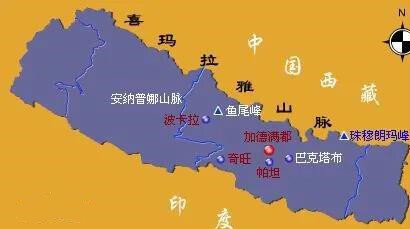
Nepal is the real place of origin of Buddhism. Sadly, there are so many Chinese Buddhists, but few people know this. So much so that many Buddhists regard the Buddhist mother country as India. The prevalence of plausible pseudo-science in modern times is sadly lamentable, nothing more!
Buddha Shakyamuni was born in the Lumbini Garden in Kabirawei, Nepal, today in Lominda near Tirolak in southern Nepal.
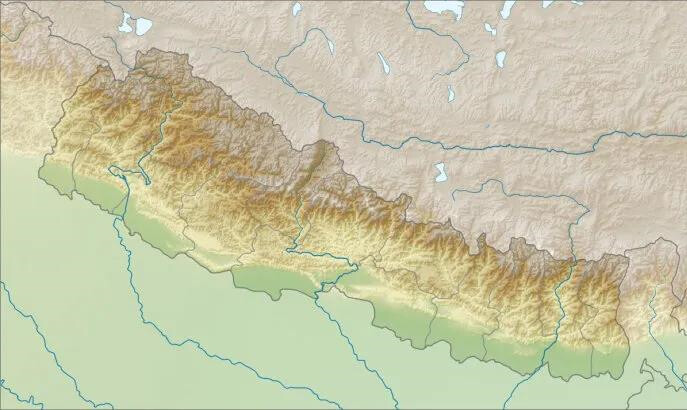
The Kabira Patriarchate is a small city-state in Nepal during the Buddha era (6th to 4th century BC), and is one of the 16 Buddhist states in the five river basins centered on the Sind River (ie, the Indus River) in ancient Pakistan. The Capricorn Apollo is the homeland of the Buddha Sakyamuni, the kingdom of the gods.
Capricorn is a transliteration of Sanskrit in Han Chinese. Other translations include: Capricorn ("Buddhist Kingdom"), Robi Bulavala and Blocking the Country ("Data of the Western Region of the Tang Dynasty"), Capricorn, and the Capitol Vilapo Sudu, Gapilu, Gapili, etc .; free translation: Cangcheng, Huangchicheng, Miaodecheng, etc. The Pali Buddhist scriptures are also referred to as the Kingdom of Sheyi, meaning "the one who has proven the Holy Place".
According to Buddhist records and Western Buddhist studies, the Sakyamuni tribe in the Himalayas is a black-headed tribe from the Kashmir Plateau, a nomadic ethnic group with horses as totems, and may have come to the border between Nepal and India in the 7th century BC Settled in the plains.
The king of this tribe is the king of Jingfan, the father of Sakyamuni. The King of Jingfan is the king of the Guardian Kingdom and the father of Buddha. The king of Jingfan is the surname of Qiao Damo, whose name is the first picture of Tuina, meaning pure rice, so it is called the king of Jingfan, the Shakya. The queen is called Mahmoyah, and is the eldest daughter of King Shanjue in the Sky Arm City.
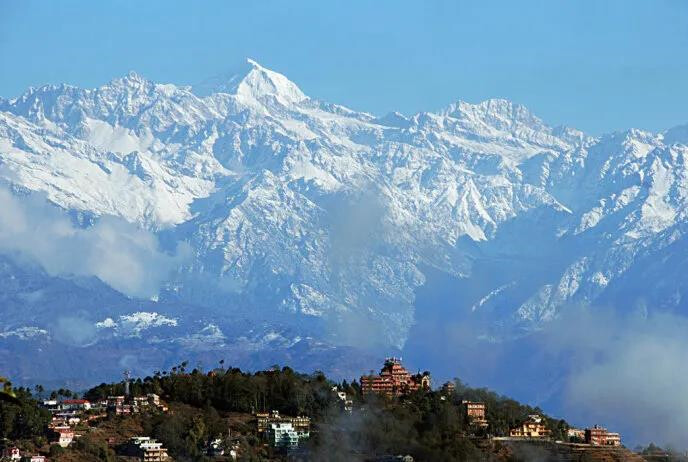
According to calculations from Han Buddhism, the Buddha was born in 565 BC, April 8 of the Chinese lunar calendar. Chinese Buddhism has designated this day as the Buddha ’s Birthday, also known as the Bathing Buddha Festival.
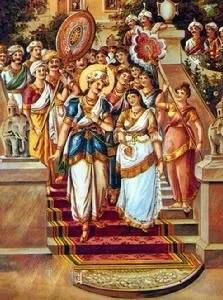
Capricorn Acropolis is a small state. At that time, there were 16 city-states in the five basins of Kashmir and the Sindhe River, including Sera, Ghazal, Kushara, Motuo, Banjaluo, and Baqi.
The Capricorn Acropolis is about ten kilometers away. The people of the Sakya tribe are of pure blood and have a spirit of martial arts. They do not marry other city-states. The Sakya tribe is respected by neighbors. Because of the surrounding strong countries, there is a danger of being annexed by other countries at any time, so this state regards Salo as the sovereign state.
The Buddha's name Sakyamuni is a honour, meaning the saint of the Sakyamuni. The common name of the Buddha is Gautama Siddhartha. He was born in the Acropolis of Capri.
Buddha's grandfather was the king of the lion's cheeks, and his grandmother's name was Kaccānā. Father Jingfan has three brothers: Baifan, Dianfan and Ganlufan. The four brothers are named after rice. The original meaning of rice is cow's milk porridge. Because the Shakya people were originally nomads, they believed that cooking porridge with milk is a sweet food.
According to the Buddhist scriptures, the King of Jingfan married Mahāmāyā, the sister of Mahjumāyā, the elder sister of King Sujue, the main arm of the Shuli nationality. When Mrs. Mayer died, she married her sister Mahāprajapati, and the Buddha was raised by her aunt. King Jingfan tried hard to make Prince Siddhartha succeed him and tried to stop the prince from becoming a monk, but they were rejected by the Buddha. At the age of 29, the Buddha left his hometown and practiced learning in Kashmir.
Probably around 500 BC, the Buddha practiced enlightenment in the town of King Mahmodo in southeast Kashmir.
At this time, the Buddha's father Jingfan was seriously ill and missed the Buddha. So the Buddha returned to Kabirawei to visit his father. King Jingfan saw the Buddha convert to Buddhism.
When King Jingfan was lying on the hospital bed, the last time the Buddha preached Dharma for him, proved Arhat Han Guo, and self-verified the joy of liberation. Seven days later, the king of Jingfan died, and it was estimated that the Buddha was 40 years old.
Since then, the Buddha has led disciples to parade around Kabirawei, Nepal, Kashmir, and the countries of the Five Rivers.
The earliest converts in Buddhism were the Buddha's own family, the Shakya people. In the central valley of Nepal, the Buddha established a monastery to educate more than 1,000 people of the Shakya people.
So far, Nepal has circulated the story of the Buddha worshipped by the king after the return of the Buddha. This is the origin of Buddhism and the beginning of the history of Buddhism.
There is a temple called "Namula" 20 miles east of Kathmandu in Nepal. It is said that this temple was built to commemorate the Buddha's saying "Tiger Ben Sheng Jing" (Southern Biography). The hometown of Ananda, the oldest disciple of Sakyamuni, is also in Nepal.
Since then, Buddhism has gradually spread around Nepal.

After more than two hundred years behind the Buddha, the largest peacock king of the Buddha, Mokuk, Asoka, came to Nepal to make a pilgrimage.
This is the 20 years since Ashoka's ascension. Accompanied by Elder Ubo Rigdo, he took his daughter Charumotti to pay homage to the Lumbini Garden in Nepal, where he built a stone pillar to commemorate the Buddha and built a bibolova stupa in Patan.
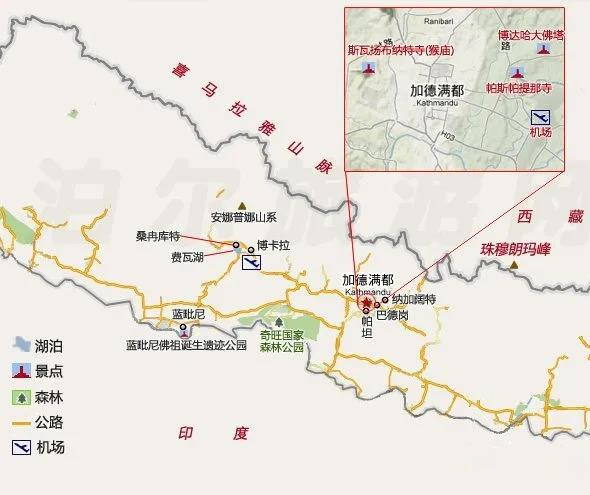
Ashoka married his daughter to Nepal's prince Tipopolo. Ashoka built a monastery named after her for Princess Chalumoti in Nepal. (On the outskirts of today ’s Kathmandu, there is a Chabahi Temple, named after Chalumti.)
During the Peacock Dynasty, Ashoka vigorously promoted Dharma, and Nepal was the center of Buddhist pilgrimage. After the rise of Mahayana Buddhism, the relatives of the founders of the Yoga school also visited Nepal and spread the Dharma there.
According to the study of modern geography, the ruins of the royal palace of the Capricorn Acropolis are located in the village of Tilaurakot in Kapilvastu County in central and western Nepal today. Geographical coordinates: 27.5739916 degrees north latitude, 83.0520061 east longitude degree.
In 404 and 405 AD, the Chinese monk Fa Xian once arrived at the Capri Acropolis. However, at that time, the homeland of the Buddha was already "a big desert, the people are awkward, and the roads are afraid of white elephants and teachers, and they should not act arbitrarily." The garden, according to "Book of Buddhism", the garden is fifty miles east of the city.
In the contemporaries of Faxian, a Buddhist monk from the Shakya ethnic group, Buddha Bhatuo Luo, arrived in Changan, China, in the second year of the Eastern Jin Yixi (406) to spread Buddhism at the invitation of the Chinese monks. He translated 15 volumes, including "Hua Yan Jing" and "Mahāngānāi Lü", volume l17. From the translated scriptures of Buddha and Dharma, we can know that the practice of Mahayana Buddhism was popular in Nepal.
During the Sui and Tang Dynasties of China, from the 6th century to the beginning of the 7th century, the Lixu tribe ruled Nepal and established the Takli Dynasty.
Nepalese Buddhism continued to build some huge Buddhist buildings during the period of the Anchapi dynasty, the Tang Dynasty, and the Chinese envoy Wang Xuance, who was an emissary of the Tang Dynasty, came here to visit and leave a record.
The King of Lost and Conquering married his daughter Princess Zunzun to Tubo Zampsongzanbo. When she went to Tibet, the princess brought the portraits and Buddhist relics of Sakyamuni at the age of eight, and since then has communicated the passage from India to Kathmandu and Lhasa to Chang'an.
From this time on, Tibetan land began to translate Sanskrit Buddhist scriptures. Nepalese monk corpses Romance and Shanda were involved in the translation.
In the seven years of Tang Zhenguan (633), Chinese monk Xuan Zang came to Nepal to pay a visit to Kabirawei and Lavarani. He wrote in "The Tang Dynasty's Western Regions": "Nipolo Kingdom, thousands of miles on Thursday, in the snowy mountains ... Gaitian Temple, connecting the corners. There are more than two thousand monks, two times the size. , And attack comprehensive study. "
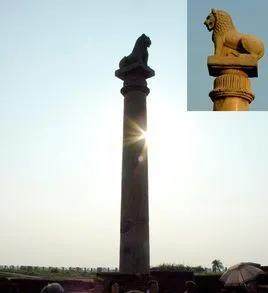
The ruins of the east gate of the Acropolis of Kabira, "The desert is long, the people are sparse, there is no prince, each city has its own lord. The land is fertile, and the crops are sowed. The gas order is unsullied, the customs are smooth. The hometown of Galan is thousands, There are more than one place, and there is a Galan on the side of the palace city. There are more than 30 monks who are learning to teach the ministry. The two temples are in different ways. "
"Jia Lantian Temple, connecting the corners, more than two thousand monks, two times the size of the two, and comprehensive training, foreign alien learning, the teaching is unknown. Wang Shadi Emperor Lili also has a clear mind, pure belief in Buddhism. In modern times, there is a king, a mandarin duck loses his life (Tang Yan Guang Zhou), he is smart and intelligent, self-made statement theory, re-learning respect for virtue and fame. "
The inscription also mentions other famous monasteries at the time, such as Mannatipo Temple, Yangluo Lijia Temple and Yanmo Temple. These monasteries are the center of Buddhist activities in Nepal and have religious ties with the Tibetan land of China and other northern Buddhist countries.
During the Sui and Tang Dynasties, many Chinese monks Xuan Zhao, Dao Xi, Dao Fang, Dao Sheng, Mordecai Xuanhui, Xuanhui, Wukong, Xinluo monks Xuantai, Xuanke and others all made their way to Nepal for pilgrimage. Daosheng, Mordecai and Xuanhui died in Nepal.
Ninety years after Xuanzang's visit to Nepal, Silla monk Hui Chao once visited Kabirawei. The king of Nepal at this time was Shiva Tipo II. He built two tower monuments. According to the inscriptions established in 725 and 749, Shiva Tiva built a Buddhist temple named Shiva Tiva Temple under his own name, and founded the Bhikkhu Sangha in the temple. Author / He Xin Editor / Zhao Yongjing
Comment
 Praise
Praise
 Collect
Collect
 Comment
Comment
 Search
Search


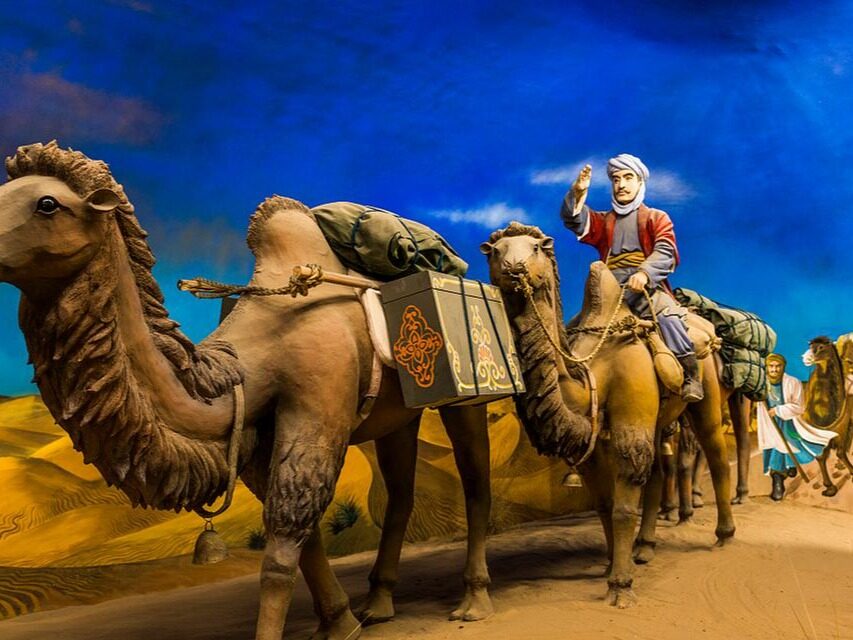
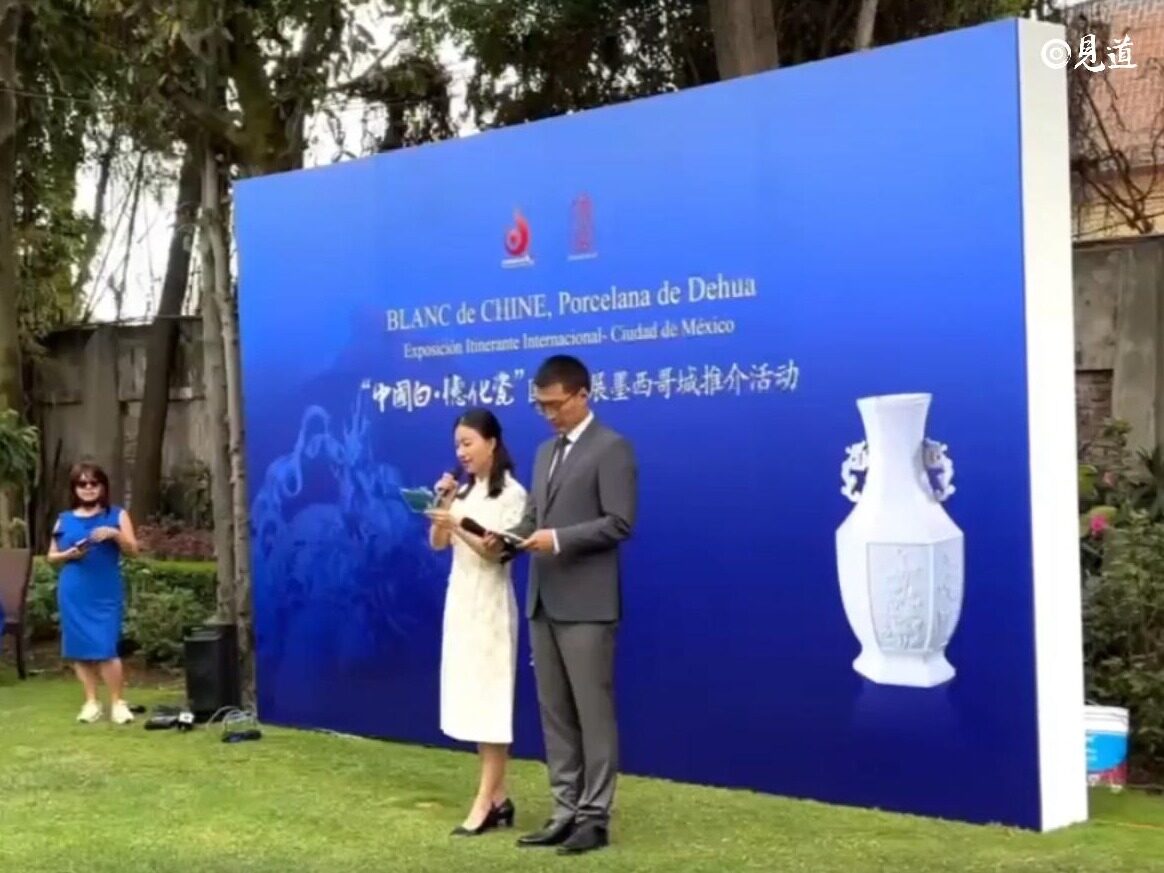

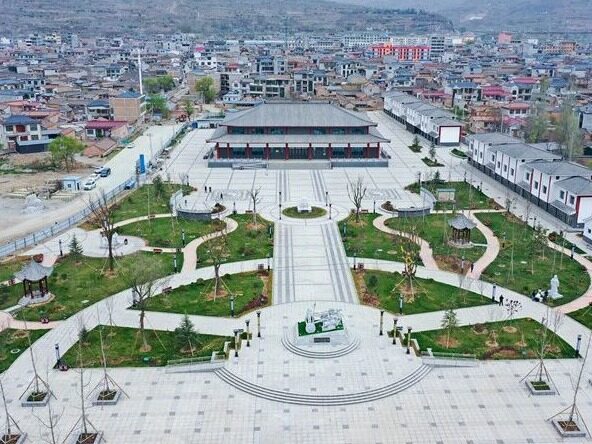
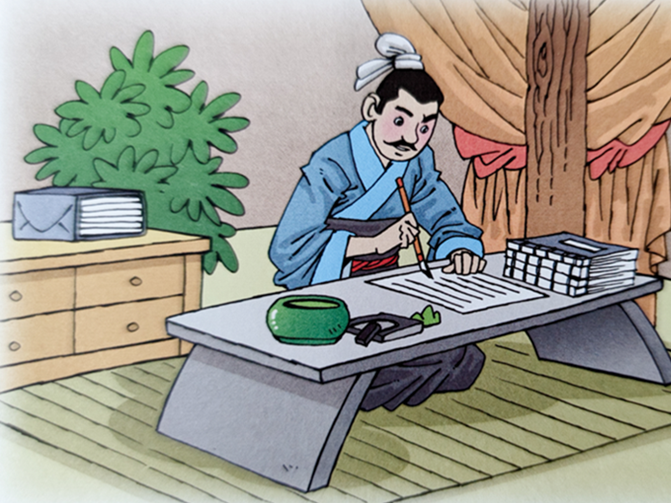
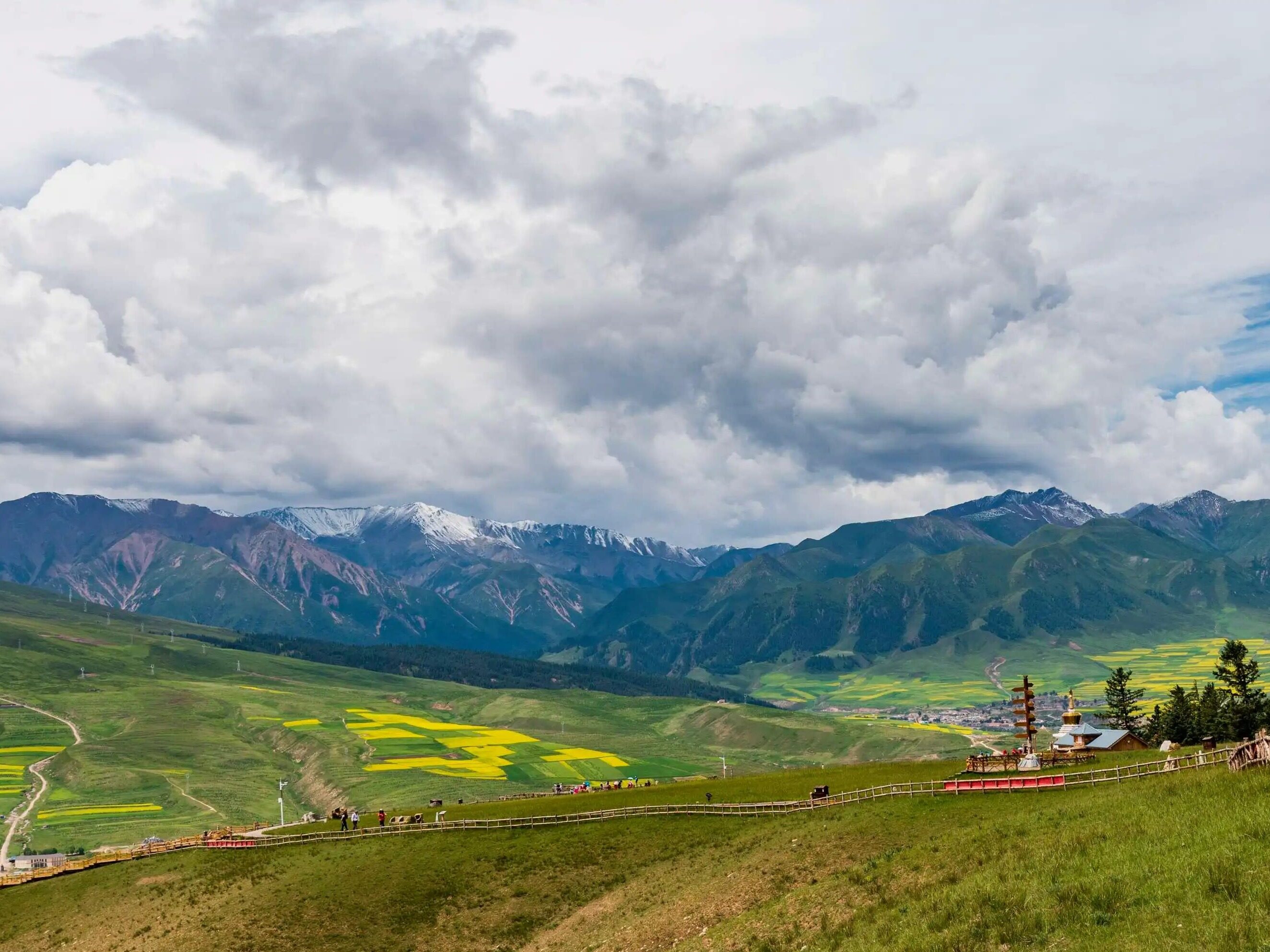






Write something~